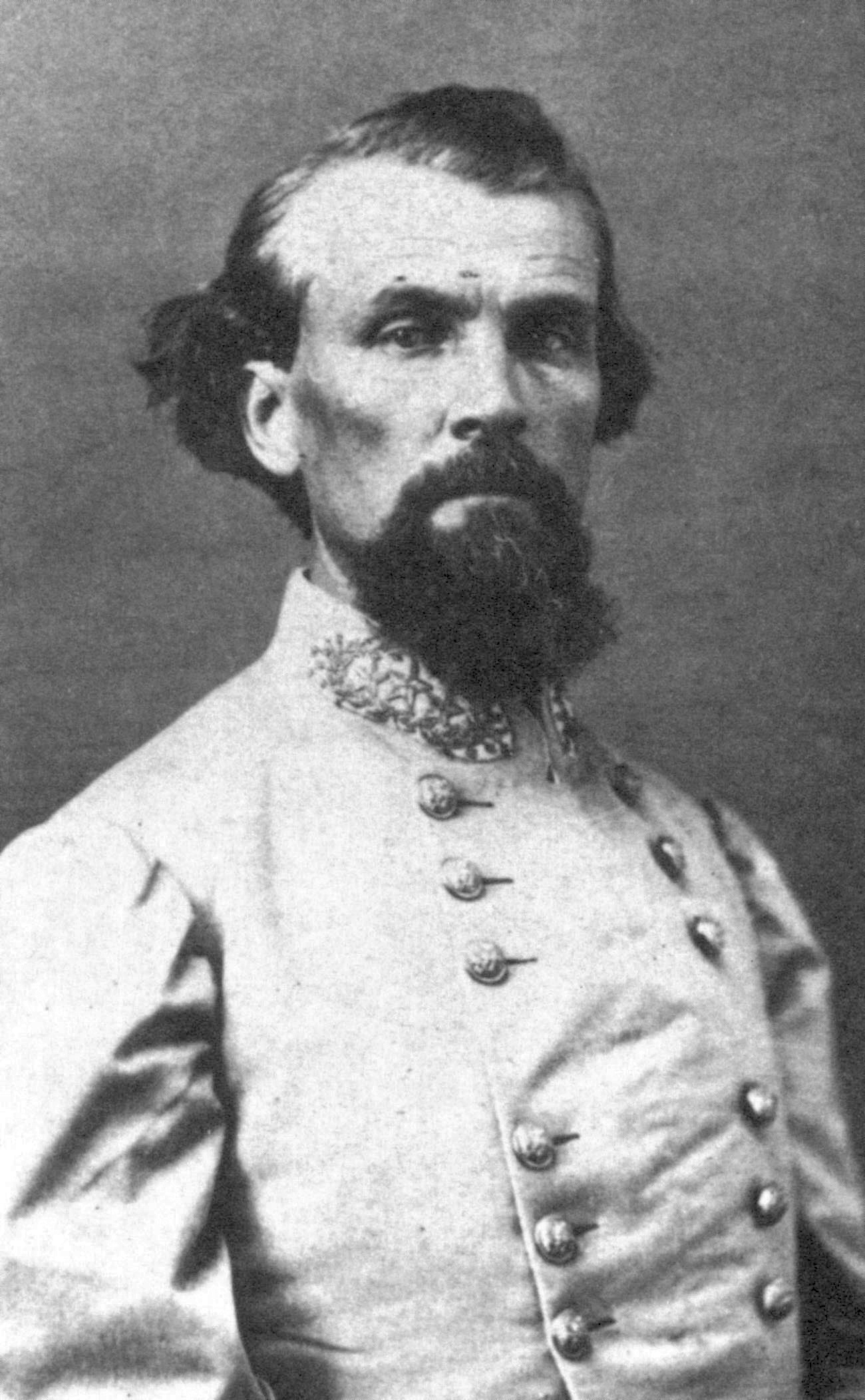
I've often found that books that talk about how to write are useful. Through the years I've bought quite a few of them. I honestly don't use them much anymore, but they sit there on my bookshelf and make my office look writerly.
To name a few: Writing the Novel, From Plot to Print and Telling Lies for Fun and Profit, both books are by Award winning author, Lawrence Block; From Printout to Published, by Michael Seidman; Techniques of the Selling Writer, by Dwight Swain; How to Write a Mystery by Larry Beinhart; Break Writer's Block NOW, by Jerrold Mundis, Writing the Thriller by T. Macdonald Skillman. Then I have The Crime Writers' Practical Handbook of Technical Information, Edited by John Kennedy Melling. There's also The Courage to Write by Ralph Keys, Writing the Natural Way by Gabriele Lusser Rico and Stephen King's book, On Writing.
All of these books are 12-15 years old but the information is still excellent. I'll admit I don't look at any of them very often, however, if I do feel stuck when starting a new book and I'm trying to work out characters or plot, I'll pull out one of these oldies but goodies and see what I can relearn.
I think it's satisfying to pull out a book like Block's book on novel writing and reading what he says on building characters. The main reason readers keep turning pages of a book is to see what happens next, and the main reason a reader cares what happens next is because they like the characters or a least the main character and they care what happens to that character. It's not easy to make your characters real or as editors often say three-dimensional. Your characters must have something about them that a reader can relate to, or understand, or laugh with or at least care about.
We all know that we draw from real people we know. A certain look, a mannerism, a gesture yet we seldom incorporate a real person into a character. We could be sued for something like that. I once had an author tell me he's used a mannerism of mine for a character in his book. This was back when I used to smoke (20 years ago) I would set my elbow on a table with a cigarette in my hand. It was a small thing that I didn't realize that I did but I obviously did it often enough that the writer noticed it and used it. Of course, I had to buy the novel when it came out just to real that tidbit.
I like to people watch and used to go to big shopping malls to watch. One day, I noticed a man who kept rubbing his hands, both of them, over his almost bald head. I don't know if he was checking to see if he still had hair there or if it just felt good to feel his head. It was a gesture I used in a story I was writing at the time. If I remember correctly it was a minor character but I think it added to that character becoming more real.
Some times you write about a small town where people know just about everyone and although you are NOT writing about any town you where you may have lived, you'll probably be asked if Jane Doe is really Jane Smith that everyone know is a gossip. Or they'll say your town is really Georgetown or Johnson City or Kingsland isn't it? And no, you really made up the whole town. Or someone will ask, where is Pioneer City and like my late friend, Barbara Burnett Smith used to say, I just smile and say it's about forty miles west of Austin.
Time is running out and I need to sign off as I can't sit still too long. I'm on my new computer and it has Windows 8 but since I'm only writing on our blog site, I'm not having any big trouble. And class if you ever have any doubts when starting a new book or a new story, look on your bookshelf or look online and see if you can find a good book on writing to download. I'll bet you get some great ideas. Until next time. Keep Writing.




























